Subscribe now and get the latest podcast releases delivered straight to your inbox.
The Best Way for Marketers to Learn AI? Get Into the Sandbox and Start Playing

By John Becker
May 24, 2023

A couple of decades ago, when the internet was just taking shape, businesses of all kinds started getting anxious about the future. It was an interesting time. Some saw potential, some saw threat, some thought it would all just blow over like other tech fads of the past.
But not even those excited few could grasp the monumental shift the internet would bring to our everyday lives: the way we shop and do business, the way we connect with each other, and the way we learn about the world around us.
So, many businesses did nothing. They waited for as long as they could, fearful of a misstep, watching as others sprinted past them into the new world.
The second turning
We are on the cusp of another seismic shift. Artificial Intelligence (AI) will impact many things over the next few years, and the global market value of AI tools is expected to reach $267 billion by 2027.
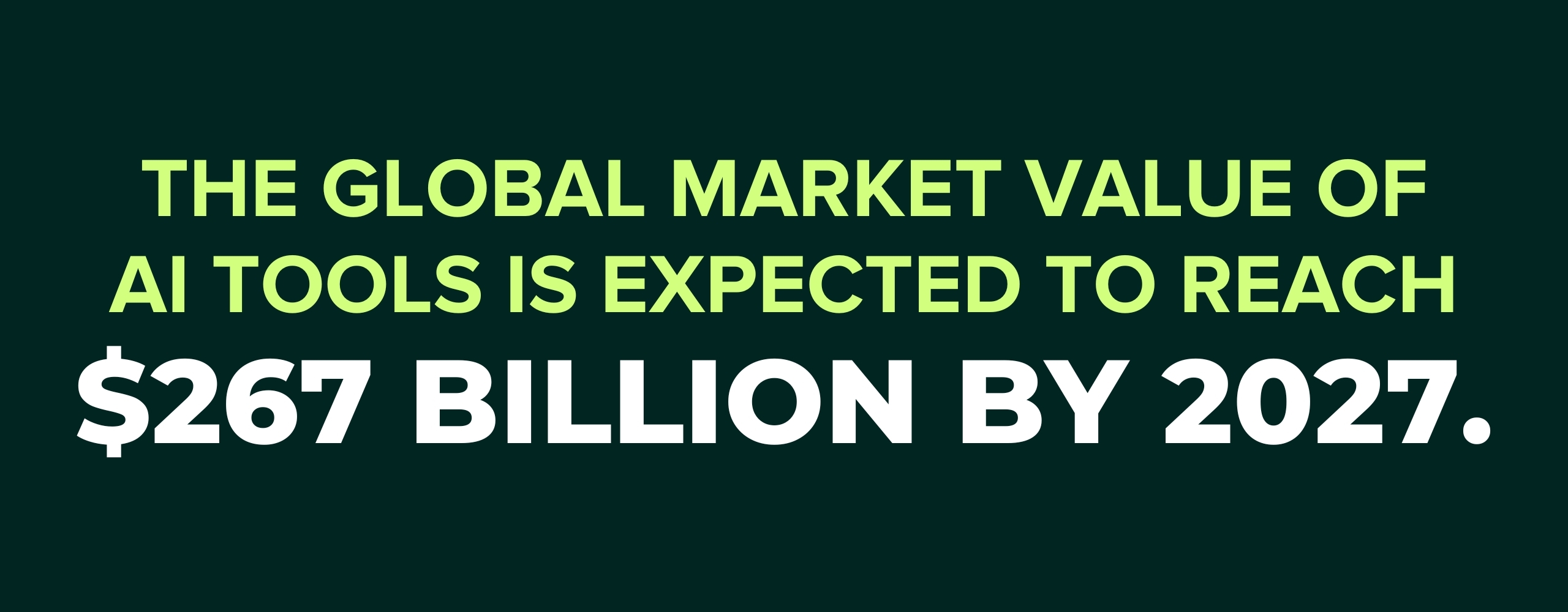
The pace of change so far has been extraordinary, and everything we’re seeing suggests that this will only speed up.
In the midst of all this change lies another statistic: A majority of consumers don’t believe they understand AI — and even some of the top engineers and data scientists can’t explain exactly how it works.
But that’s no reason to sit this one out. (You likely don’t know how microwave ovens or LCD monitors work, either.)
The point is this: don’t feel like you need to understand it or wait for more polished versions to roll out. Instead, start experimenting.
No matter what your professional role, you should avoid doing nothing. Now is the time to get familiar with the slew of new tools and tech coming on the market.
You don’t need to become an expert. You just need to play around.
But if you don’t play today, you won’t be able to use the tools tomorrow when you actually need to.
So, let’s dip our toes in together.
The AI landscape is nowhere near settled
Pause for a minute and consider this, a visual survey of the most visited websites over the past 30 years.
Pretty striking, right? It’s amazing how fast things change.
TL,DW: In the video you see the rise and fall of sites like AOL, Geocities, and MySpace. You see the emergence of Google and Facebook, which overstepped competitors that once seemed insurmountable.
Which all makes you wonder, Google seems unconquerable right now — but so did Yahoo at one point. So did Lycos and Ask. Considering how much the landscape has changed, how can we anticipate what’s coming?
Just like in the early days of the internet, we are facing a deluge of new sites, platforms, tools, and APIs. On top of that, there's the ongoing issue of regulation. For people not enmeshed in the tech world — which is most of us — this can be overwhelming and intimidating. How can we possibly keep up?
The truth is, you can’t.
In the coming months and years, there will be a lot of cannibalization and consolidation of AI tools as companies battle for market share.
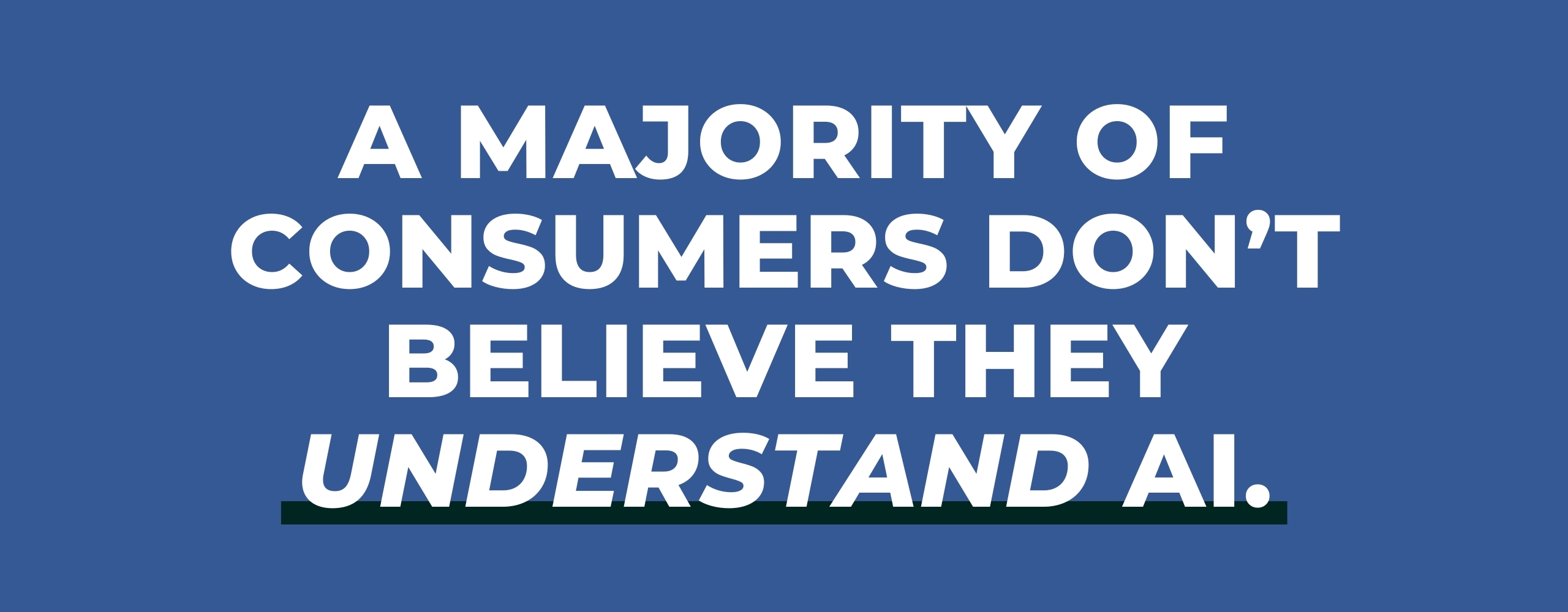
Then, there will be further chaos as platforms explore different ways to monetize what they’re offering. As an analogy, think about when Facebook first launched. It was cool and popular, fighting to overtake Friendster and MySpace and other platforms. There were no ads on Facebook. Just features.
The goal was to become popular first, then monetize second.
The monetization of AI
Right now, we’re seeing a marketplace flooded with new free AI tools. So, how will these tools start making money?
Most will follow the SaaS business model: They’ll offer a free trial and then charge subscriptions based on various payment tiers. There may be a limited free version, then higher tiers offer more features the more you pay per month.
Other generative AI tools will sell ad space. Microsoft, for example, has started telling investors how it plans to put ads into what comes out of its chatbot. At the same time, OpenAI, which launched ChatGPT, is currently burning incredible amounts of cash as it tries to figure out how to make money from its tools.
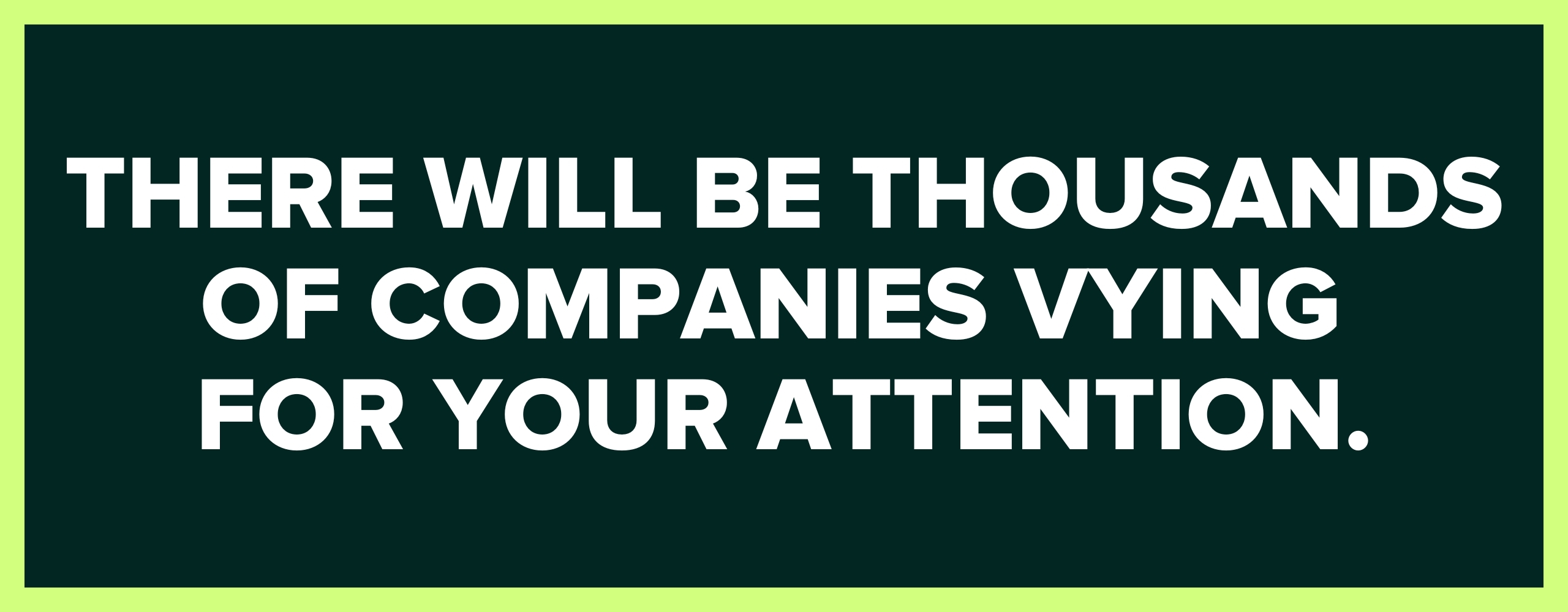
Right now, the marketplace is in the early-Facebook stage. New tools are coming out with free versions, hoping to build a fanbase and attract investors. Then they’ll follow by launching a better, paid version soon after.
In the coming months we will continue to see amazing new technology get rolled out, some of which will resonate and some of which will not, drowned out by the dozens of other competing tools that offer better features or a more pleasing interface.
There will be thousands of companies vying for your attention.
Many will not make it.
Don’t wait for the dust to settle
In such a chaotic landscape, it’s tempting to just wait and see what happens. Don’t do that.
While tools will compete and conglomerate, the use cases will only grow. So, try a few video editing tools, a few writing tools, a few project management tools a few design tools — just remember that the first ones out of the gate might not be the ones who win the entire race.
Use AI to become a more well-rounded professional
It’s often been said you won’t lose your job to AI — you’ll lose it to someone who is better at using AI than you are.
As such, it’s important that we choose to see AI as an opportunity, not a threat. AI can make you better at anything. We just have to get over ourselves to allow it to.
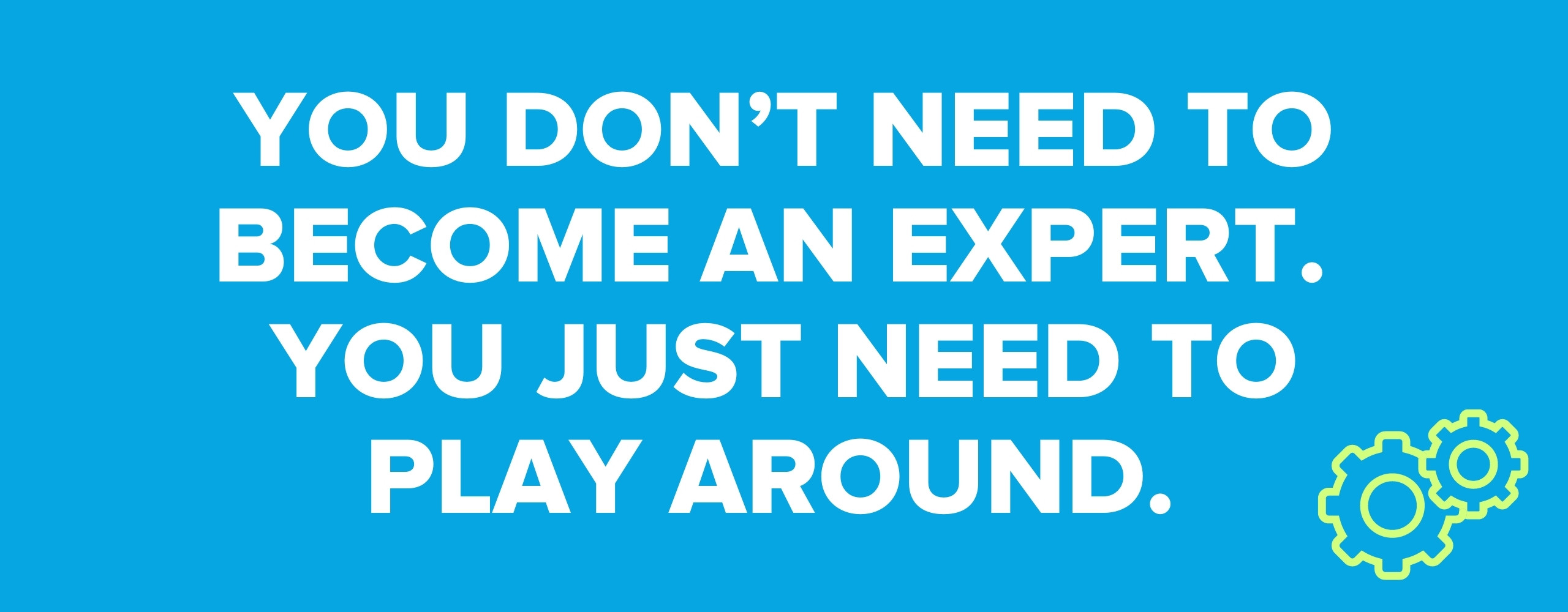
According to Wharton professor Ethan Mollick, “There’s a desire to not be replaced that gets in our way of using [AI] well.” he says.
“We’re kind of happy when it doesn’t work," he says. But that mindset is blinding us to possibility:
- AI can make you better at what you’re good at.
- AI can make you way better at what you’re bad at.
The key is bringing the same excitement and open-mindedness to both opportunities. Don’t shut out some AI because its expertise overlaps with your own.
The best way to learn: Start playing
If you want to learn anything, you’ve got to put in the time — and the best way to do this is with low-stakes play.
Think about it. You learned to cook by playing around in the kitchen, trying different things out. Same goes for learning a musical instrument or speaking a language. Sure, formal instruction is important, but you learn the most when you’re experimenting in a low-pressure situation.
Are you feeling simultaneously curious and overwhelmed by what AI offers?
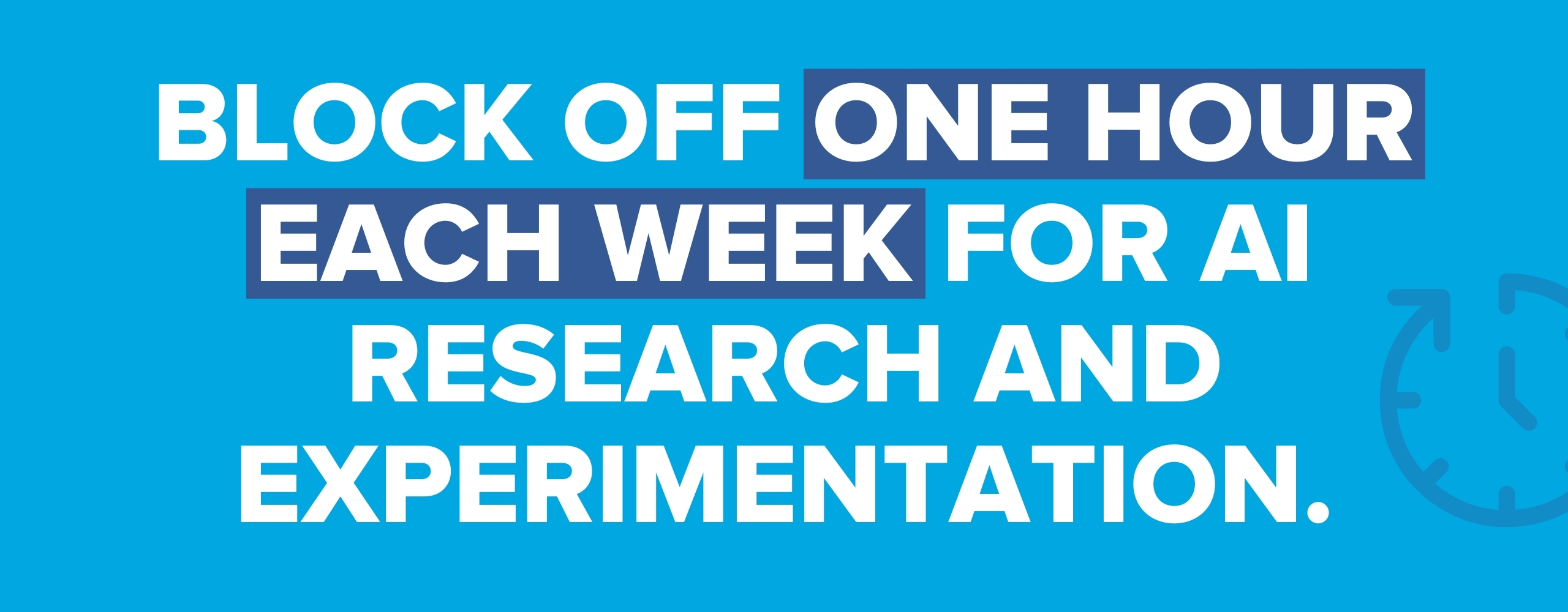
Here’s what I recommend you do: Block off one hour each week for AI research, experimentation, and play.
Here’s how I would spend that hour:
- Listen to a podcast. I like The Marketing AI Show with Paul Roetzer.
- Practice prompting tools like ChatGPT, MidJourney, and Gamma to see how different inputs yield different outputs.
- Play around with new AI features in the apps you use every day. Canva, ClickUp, HubSpot, Gmail, and more.
- Watch tutorials that explain use cases and tips.
- Read Write with AI by Nicholas Cole and Dickie Bush
- Browse LinkedIn for the best AI content, searching for thought leaders you like.
- Compare Google search results to chatbot results to see what kind of information gets prioritized in each.
- Check GPTE.ai to learn about the latest tools coming out.
- Enroll in our Content Marketing and AI workshop
And be sure to branch out into adjacent fields. The beauty of play is the freedom it brings, so don’t confine yourself. Just because you don’t know anything about video production doesn’t mean you can’t play around with AI video tools.
Spend some time getting lost, finding your way, and seeing what makes sense to you. Be patient and curious and see what you find.
Keep the goal in mind: Marketing is about buyer education
At the end of the day, a tool is something to help you do your job better. Don’t get distracted from what your job actually is.
Marketing at its best is about educating an audience. It’s about providing people with the information they need to become buyers.
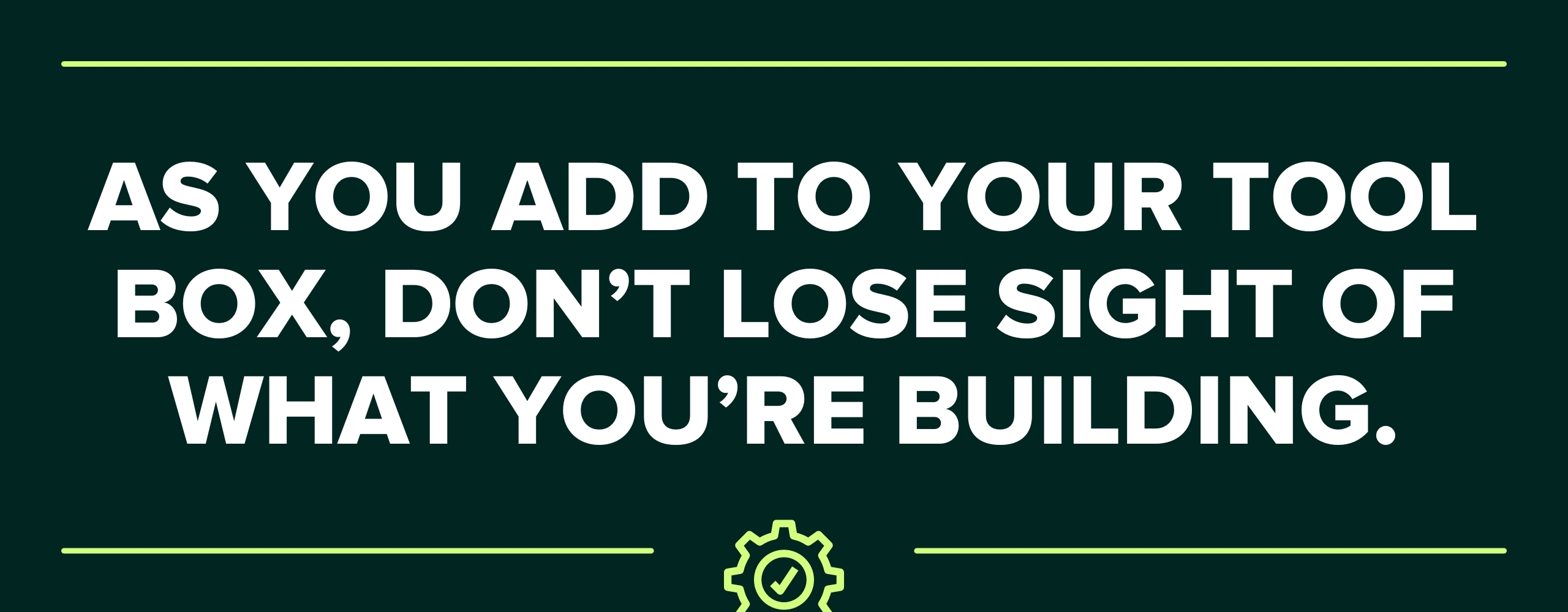
AI can help you do this.
- Need a quick first draft of a blog article, social post, or website copy? AI will spin up dozens of options for you to pick from and develop.
- Want to turn that podcast into short-form video content? AI will give you rough-cut edits you can polish.
- Need background music to enhance your 80% video? AI can spit out a half-dozen options you can then tweak to perfect the mood.
AI can make you a super marketer — T-shaped and lightning-fast. But the tools don’t change the objective. You goal should always be the same: Help your customer. Be honest. Build trust.
As you add to your tool box, don’t lose sight of what you’re building.


Order Your Copy of Marcus Sheridan's New Book — Endless Customers!